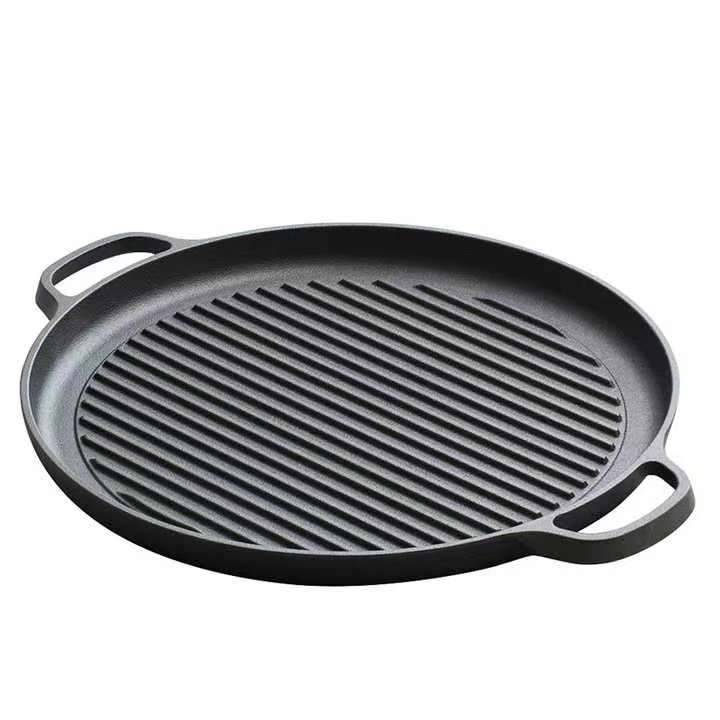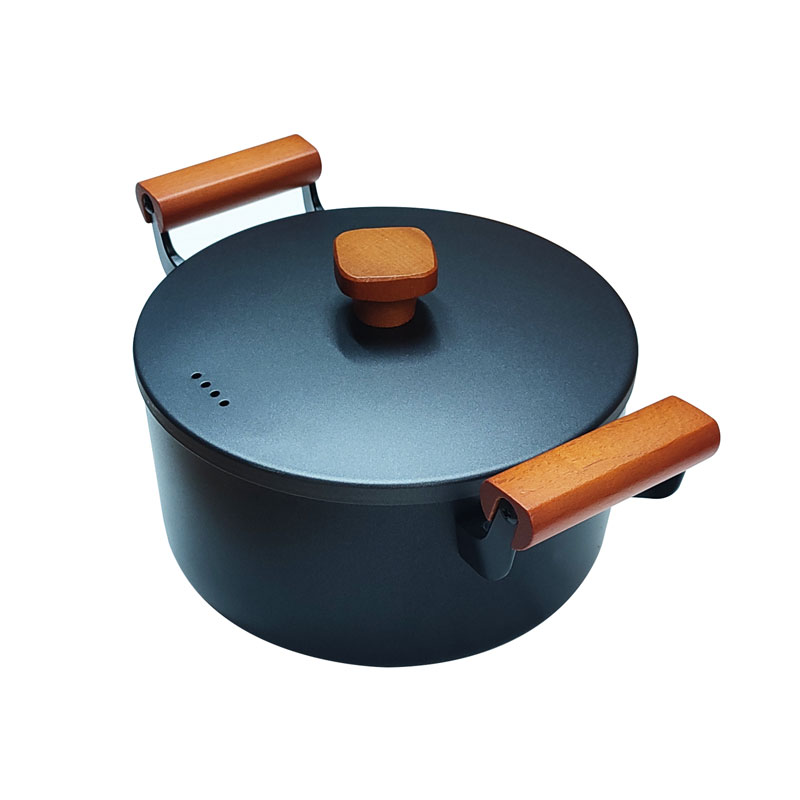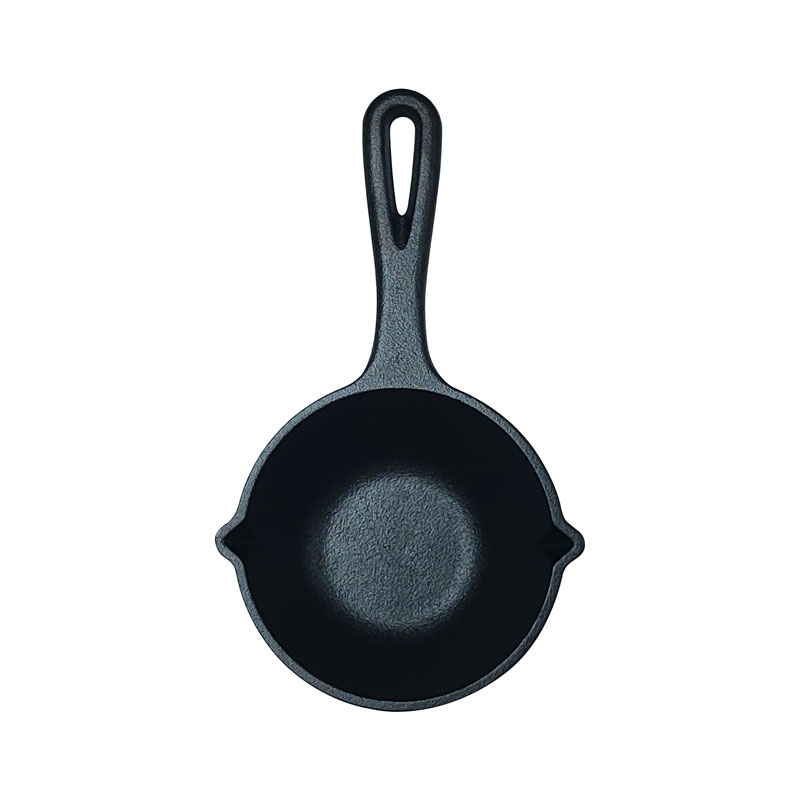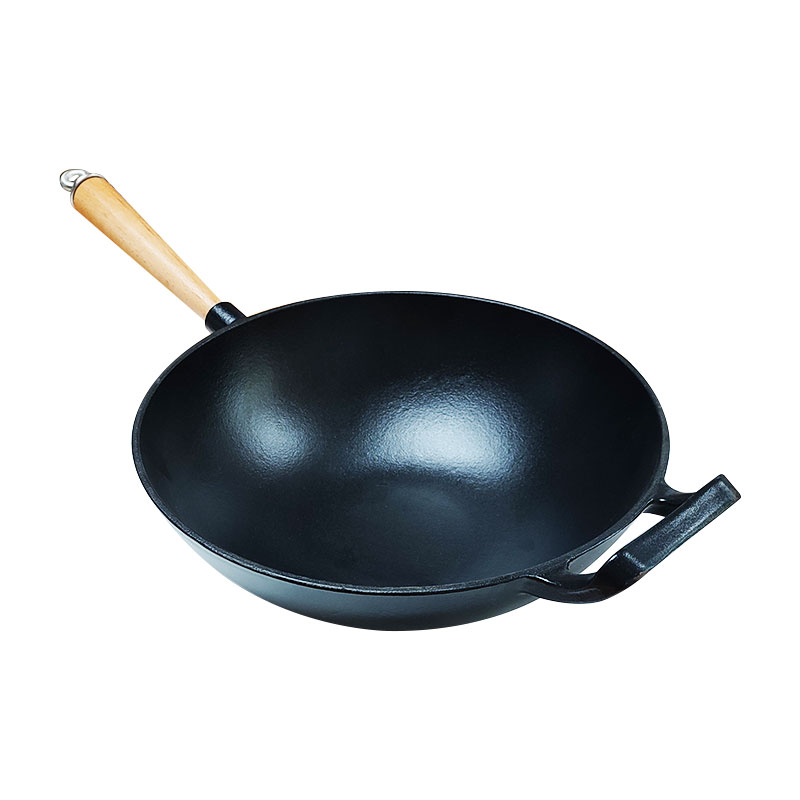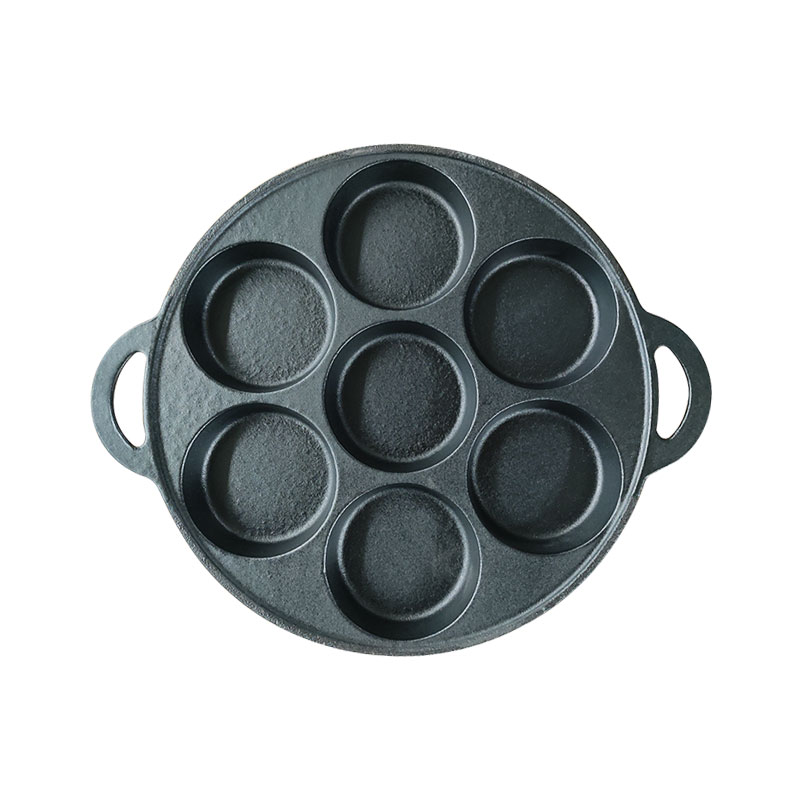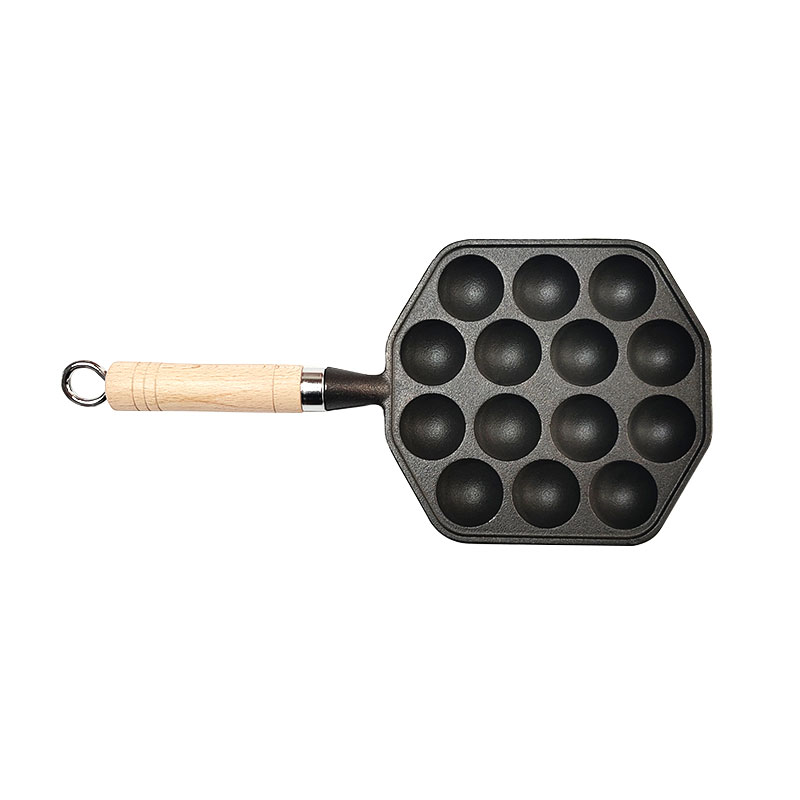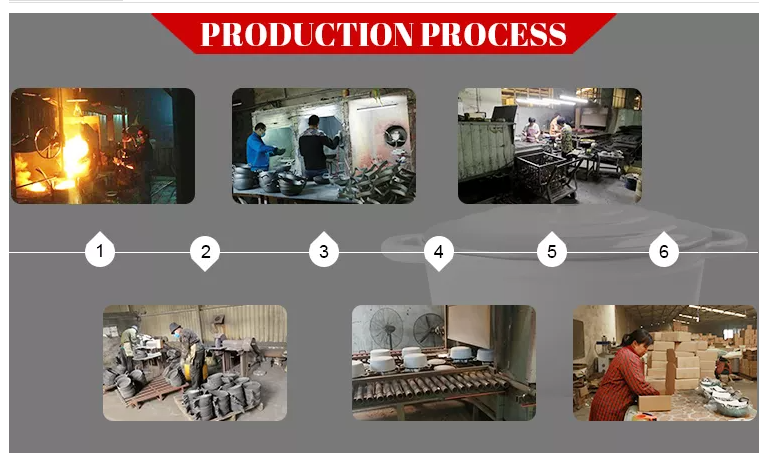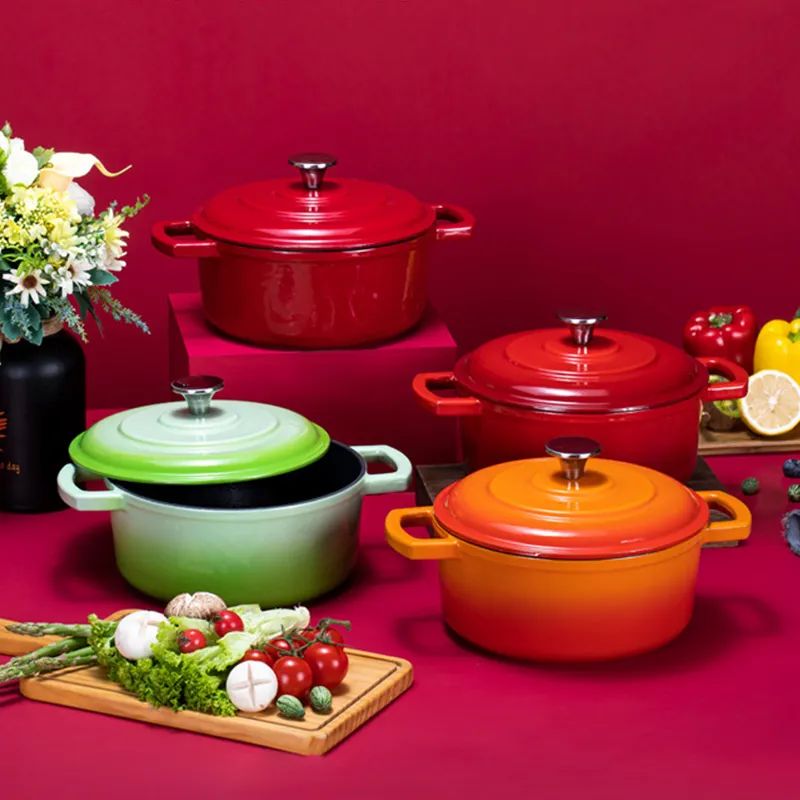1.Non-stick Coating Cooking Surface, More healthy without harm to human body, Environmental protection and safety
2.Cast-iron pans are characterized by non-stick pans after boiling,and the longer they are used, the more non-stick they become
3.General Use for Gas, Induction Cooker and open fire and so on, Easy to use
4.Thicken the bottom of the pan, super lock the temperature, evenly heated
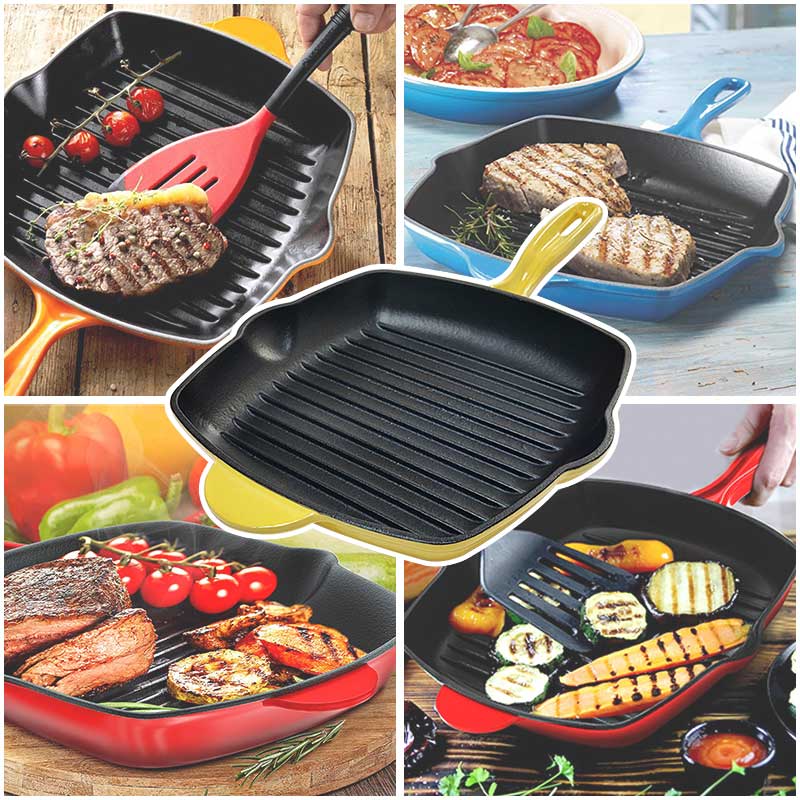

How to Grill Restaurant-Quality Steaks with a Square Enamel Cast Iron Pan
Achieving steakhouse perfection starts with proper preheating—place your enameled pan over medium-high heat for 5–7 minutes until it’s smoking hot. Pat the steak dry, season generously with salt, and press it firmly onto the ridged surface to create deep grill marks. Resist flipping too soon; wait 2–3 minutes for a caramelized crust. For even cooking, use the pan’s heat retention to your advantage: after searing, transfer the steak to a cooler part of the pan or finish in a low oven (300°F/150°C) for precise doneness. Baste with butter, garlic, and herbs during the last minute for added flavor.
Enamel Cast Iron vs. Raw Cast Iron Grill Pans – What’s the Difference?
Enameled pans feature a glass-coated surface that prevents rust and eliminates seasoning needs, while raw cast iron requires regular oiling to maintain its non-stick properties. The enamel’s smooth texture is gentler on delicate foods (like fish) but lacks the micro-porosity that helps raw iron develop a natural patina. For high-heat searing, raw iron excels in heat retention, but enameled pans distribute heat more evenly and won’t react with acidic ingredients (e.g., wine or tomatoes). Choose enamel for low-maintenance versatility; opt for raw iron if you prioritize char and traditional grill flavor.
Grill Marks & Flavor: The Advantage of Using a Square Grill Pan for Steaks
The sharp ridges on a square pan create defined sear lines by concentrating heat on raised contact points, while valleys let juices collect without steaming the meat. This design mimics charcoal grills, enhancing Maillard reaction flavors. The enamel coating prevents sticking without compromising crust formation—unlike Teflon, which can’t handle high temps. For crosshatch marks, rotate the steak 45° halfway through cooking. The square shape also ensures even edge-to-edge searing, avoiding the uneven heating common in round pans.










